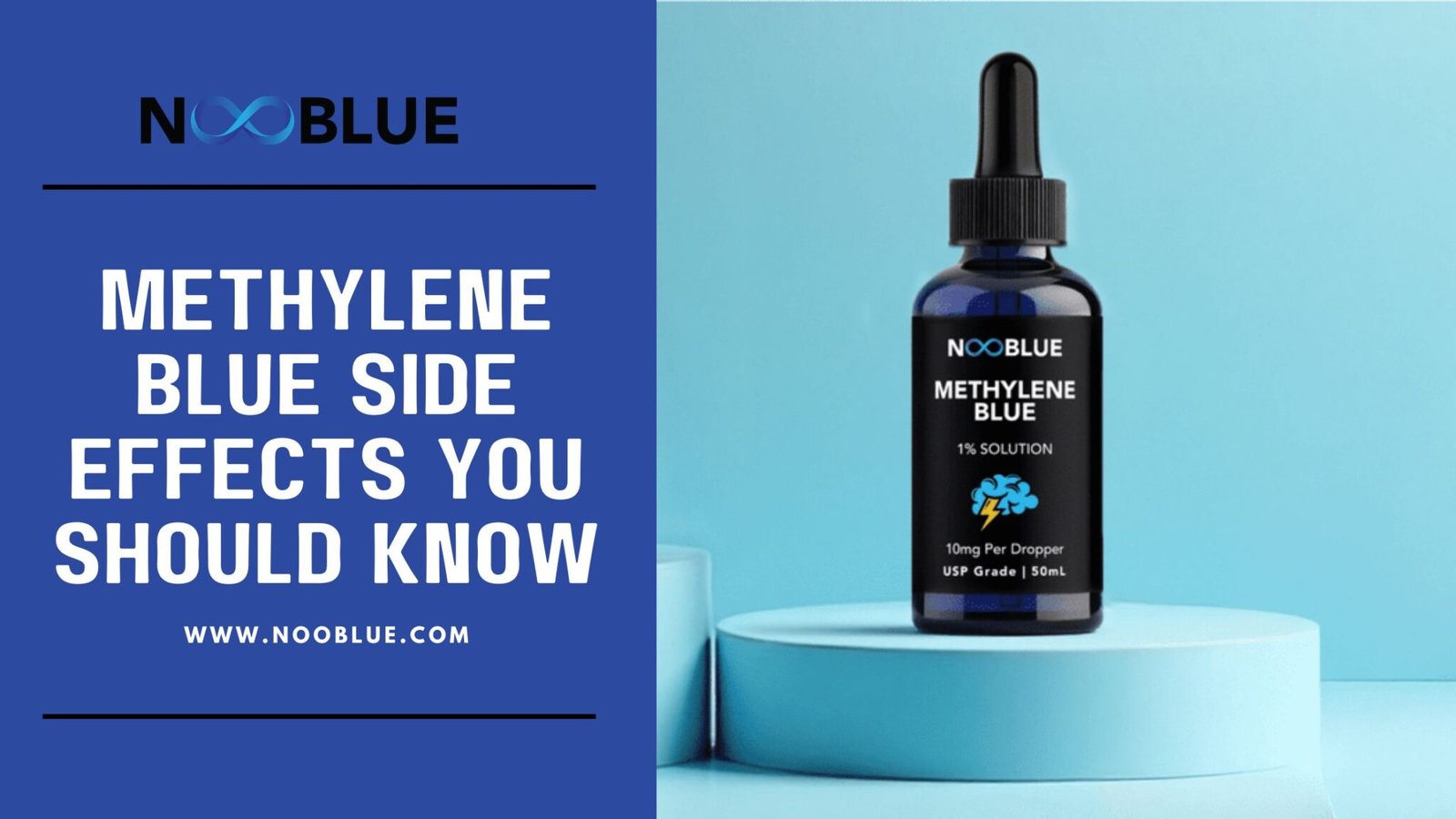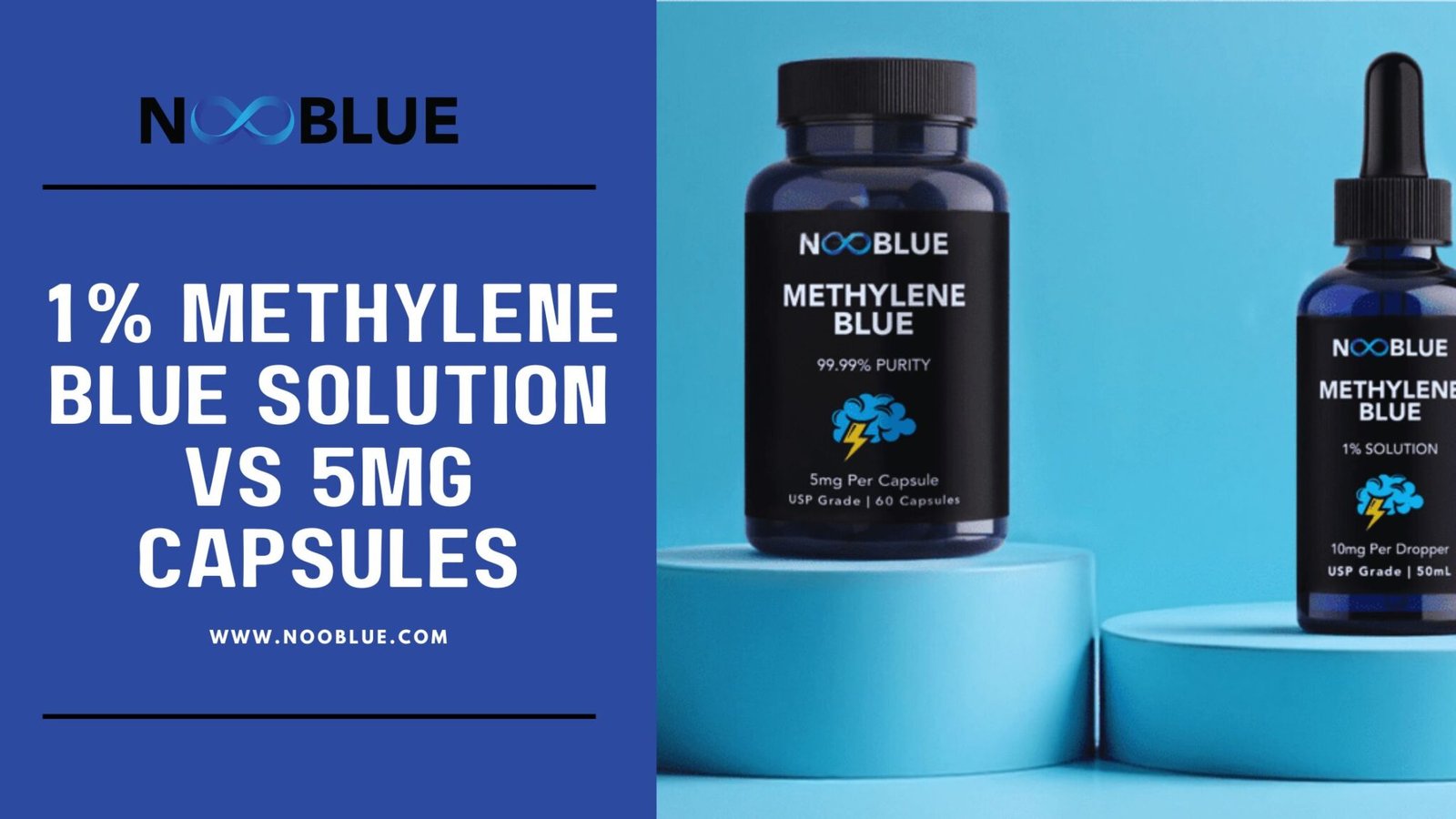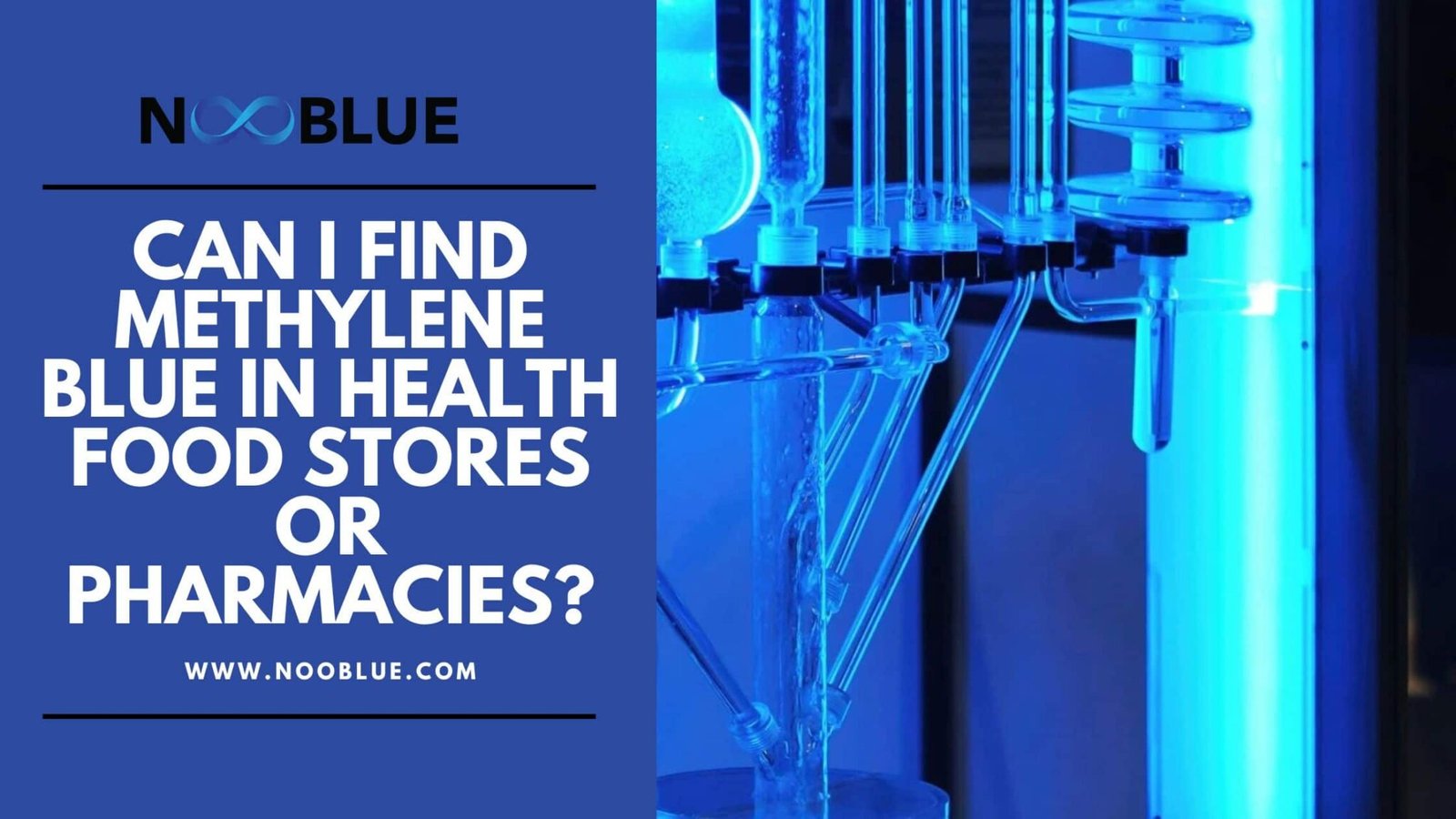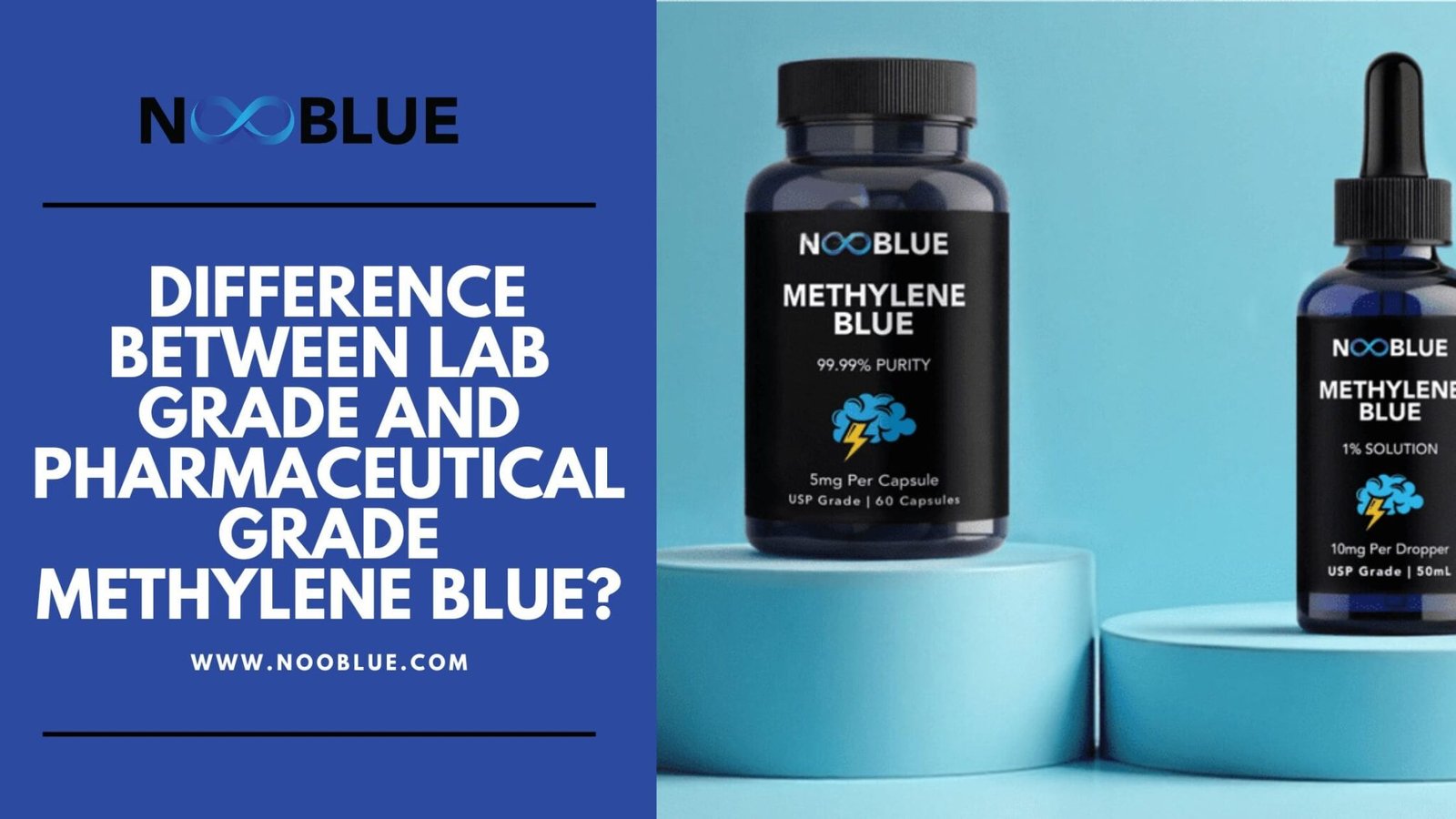Methylene Blue Side Effects and Safety Precautions You Should Know

In recent years, researchers have been exploring Methylene Blue’s potential benefits for brain health, mitochondrial support, energy production, and even anti-aging.
While the benefits sound promising, it is important to remember that Methylene Blue is not without risks. Like any medical compound or supplement, it can cause unwanted effects, interact with medications, and may not be safe for everyone.
If you are thinking about trying it, understanding the possible side effects and safety precautions is essential.
Methylene Blue Side Effects and Safety Precautions at a Glance
Common side effects of Methylene Blue include mild nausea, stomach upset, diarrhea, headaches, and dizziness. It may also cause harmless blue/green urine or stool and temporary skin staining or irritation.
| Category | Details |
| Common Side Effects | Nausea, headache, dizziness, diarrhea, blue/green urine, mild skin staining |
| Serious Side Effects | Serotonin syndrome, hemolytic anemia (G6PD deficiency), allergic reactions, and hypertension |
| Drug Interactions | SSRIs, SNRIs, MAOIs, antipsychotics, stimulants, anesthetics |
| High-Risk Groups | People with G6PD deficiency, heart disease, liver/kidney issues, pregnant or breastfeeding women |
| Precaution Tips | Use pharmaceutical-grade MB, avoid high doses, consult a doctor, and monitor symptoms |
What Exactly Is Methylene Blue?
Methylene Blue, often abbreviated as MB, is a synthetic compound with a long history in both medicine and science. Today, it is approved for treating methemoglobinemia, used in diagnostic imaging and staining, and studied for its antioxidant and mitochondrial-supporting properties.
Outside of traditional medicine, it has also become popular in the wellness space, where people explore its potential benefits for memory, focus, and cellular health.
Despite this growing interest, it is not something to experiment with casually. Proper use, safe dosage, and awareness of potential side effects are crucial.
Common Side Effects of Methylene Blue

At low doses, Methylene Blue is generally well tolerated. Still, some individuals may notice mild digestive problems such as nausea, stomach upset, or diarrhea. Headaches and dizziness have also been reported, particularly when the compound is taken on an empty stomach.
Another effect that often surprises new users is the change in urine or stool colour, which may appear blue or green. While harmless, this can be unsettling if you are not expecting it. In some cases, direct skin contact may cause temporary staining or mild irritation.
1. Serotonin Syndrome Risk
One of the most serious concerns is serotonin syndrome, a potentially dangerous condition. Because Methylene Blue can act as a monoamine oxidase inhibitor (MAOI), combining it with antidepressants like SSRIs or SNRIs may dramatically increase serotonin levels.
This can result in confusion, restlessness, sweating, tremors, elevated blood pressure, and rapid heart rate. If not addressed quickly, it may become life-threatening.
2. Hemolytic Anemia in G6PD Deficiency
Another important risk involves people with a genetic condition known as G6PD deficiency. In these cases, Methylene Blue can trigger the breakdown of red blood cells, leading to hemolytic anemia.
Symptoms may include unusual tiredness, yellowing of the skin and eyes, and very dark urine. This reaction makes Methylene Blue unsafe for individuals with this condition.
3. Allergic Reactions
Although rare, some people may experience allergic responses when exposed to Methylene Blue. These can present as rashes, itching, or swelling. In severe cases, difficulty breathing may occur, which requires immediate medical attention.
4. Cardiovascular Effects
At higher doses, Methylene Blue can also affect the heart and circulatory system. Some users have reported elevated blood pressure, chest tightness, or an irregular heartbeat. These effects underline why dosing must be carefully controlled and monitored by a medical professional.
5. Drug Interactions You Should Know
Methylene Blue does not interact well with every medication. Its most dangerous interaction is with antidepressants, which can lead to serotonin syndrome. It may also amplify side effects when combined with antipsychotics.
Stimulant medications, including those used for ADHD, can raise cardiovascular strain when taken with Methylene Blue. In medical settings, certain anesthetics may also conflict with MB, making it critical for patients to inform doctors if they are using it before undergoing surgery.
Who Should Avoid Methylene Blue?
Certain groups should not use Methylene Blue or should only do so with medical supervision. These include people with G6PD deficiency, those with kidney or liver problems, and individuals with pre-existing heart disease or high blood pressure.
Pregnant and breastfeeding women should also avoid it since there is not enough safety research available. Additionally, anyone currently taking antidepressants or psychiatric medications should steer clear unless guided by a qualified physician.
Safety Precautions for Using Methylene Blue
To minimise risks, it is essential to choose only pharmaceutical-grade or high-quality supplement-grade Methylene Blue, as industrial-grade products may contain dangerous impurities. Dosing should always be conservative, since higher amounts increase the chance of complications.
Staying hydrated may reduce gastrointestinal discomfort, and monitoring your body’s response helps you notice early warning signs. The safest approach is always to consult a healthcare professional before starting Methylene Blue, especially if you are on other medications.
Is Methylene Blue Safe?
Methylene Blue Safe is safe when taken in controlled doses and under medical supervision. Problems generally arise from high dosages, low-quality products, or dangerous drug interactions. This makes it a compound that should never be used carelessly.
Key Takeaways
Methylene Blue is a fascinating substance with many benefits, ranging from cognitive enhancement to cellular support. However, its side effects are real and need to be taken seriously.
Common reactions like nausea or changes in urine colour are mostly harmless, but serious conditions such as serotonin syndrome or hemolytic anemia highlight why caution is necessary. Choosing a safe source, sticking to proper doses, and consulting with a healthcare provider are the best ways to use it responsibly.



